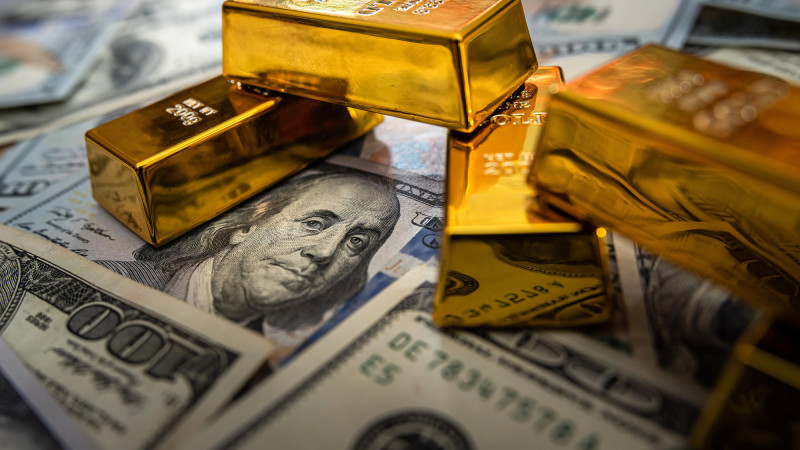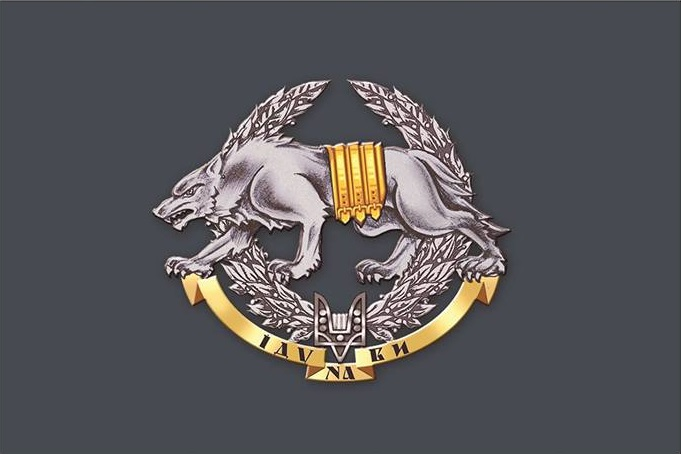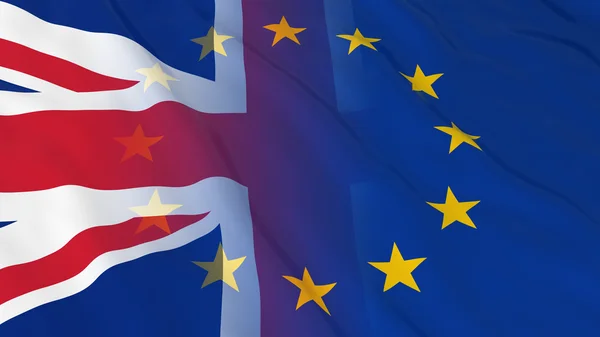Photo: Depositphotos Gold plays an important role in the global economy.
China: a shadowy player in the gold market
According to Goldman Sachs, in February 2025, China purchased up to 50 tonnes of gold – 10 times more than it had officially declared. This is approximately $6 billion at current prices. For the fifth month in a row, the People’s Bank of China (PBOC) has been increasing its reserves, which have already reached 2,292 tonnes – 6.5% of the country’s total foreign exchange reserves. But why is Beijing so actively investing in gold?
Analysts point to three reasons:
1. De-dollarisation. China is seeking to reduce its dependence on the US dollar, especially against the backdrop of the trade war and sanctions against countries with which it cooperates, including Iran.
2. Geopolitical insurance. Gold is an asset that does not depend on political decisions of the West and retains its value in times of crisis.
3. Internal stability. The rise in gold prices allows China to maintain confidence in the yuan, which is under pressure due to the economic slowdown.
“Gold is trading like we’re already in World War III,” writes Adam Kobeissi, author of The Kobeissi Letter. His words reflect the market sentiment: investors see gold as a hedge against uncertainty fuelled by global conflicts and economic turbulence.
Ukraine: between opportunities and threats
For Ukraine, the rise in gold prices is both an opportunity and a challenge. The National Bank of Ukraine (NBU) has 27 tonnes of gold in its reserves, and the current price spike increases their nominal value. At current prices, it is worth about $3 billion, a significant asset for a country that continues to struggle with the economic consequences of the war.
Opportunities:
– Strengthening reserves. Gold could become a “safety cushion” to stabilise the hryvnia, especially if the NBU decides to increase its share in reserves.
– Export potential. Ukraine has insignificant but stable gold production (about 0.5 tonnes per year). Rising prices could stimulate investment in this sector.
Threats:
– Pressure on the hryvnia. High gold prices often signal a lack of confidence in paper currencies, particularly the dollar. This can lead to capital outflows from emerging markets, including Ukraine, and increase depreciation pressure.
– Inflationary risks. Higher import prices due to the strengthening of the dollar could push up inflation in Ukraine, which is already high due to the war.
“For Ukraine, gold is not only an asset but also a signal of global instability. The NBU should act proactively to protect its reserves,” says economist Oleksiy Kushch.
Europe: ECB under pressure
The European Central Bank (ECB) is closely monitoring the gold market. Rising prices could affect inflation expectations in the eurozone, where inflation is already around 3% (according to Eurostat as of March 2025). If gold continues to rise in price, the ECB may reconsider its policy of soft interest rates, which would be a blow to heavily indebted countries such as Italy or Greece.
In addition, Europe is concerned about the lack of transparency in China’s actions. Analysts suggest that the EU may initiate negotiations with Beijing on the openness of operations in the gold market. At the same time, central banks in the eurozone, such as the Bundesbank (Germany) or the Banque de France, may increase gold purchases to diversify their reserves.
“The ECB cannot ignore market signals. Gold is becoming a political instrument,” said Mario Bleyer, former ECB adviser.
Israel: a quiet strategy in a tumultuous region
For Israel, which has a stable economy and low inflation (around 2% in 2024), rising gold prices are an opportunity to strengthen its financial stability. In recent years, the Bank of Israel has been gradually increasing the share of gold in its reserves (currently around 5 tonnes), and the current price boom could accelerate this process.
Amid tensions in the region, in particular over conflicts with Iran and its proxies, gold is an insurance policy for Israel against economic shocks. The shekel remains stable, but rising energy and commodity prices could push up inflation, forcing the central bank to act more cautiously.
“Israel is using gold as a safe-haven asset to protect itself from regional risks,” says economist Yonatan Katz.
Global perspective: gold as a new standard?
The rise in gold prices is not only an economic phenomenon, but also a reflection of profound geopolitical shifts. By buying up gold, China is signalling to the world that it is ready for a new financial reality where the dollar is losing its hegemony. For countries that depend on Western currencies, this means the need to adapt.
Key implications:
– De-dollarisation is accelerating. The BRICS countries, in particular China and India, are actively switching to settlements in national currencies, using gold as a reserve asset.
– Geopolitical leverage. Gold is becoming an instrument of influence in the hands of states seeking to resist Western sanctions.
– Risk for emerging markets. High gold prices may trigger capital outflows from countries with unstable economies, including Ukraine.
What should Ukraine do?
1. Diversify reserves. The NBU should consider increasing its gold reserves, especially if prices temporarily stabilise.
2. Market monitoring. Ukraine needs a clear strategy for responding to hryvnia volatility caused by global trends.
3. International cooperation. Kyiv should intensify its dialogue with the IMF and the ECB to get support in the face of potential turbulence.
Record gold prices are not just a market phenomenon, but a harbinger of a new geo-economic era. By buying up gold, China is challenging the global financial system, forcing Ukraine, Europe and Israel to adapt to new realities. For Ukraine, this is a chance to strengthen its reserves, but also a challenge to protect the hryvnia and economic stability. In a world where gold is once again becoming a political weapon, vigilance and strategic planning are key.







